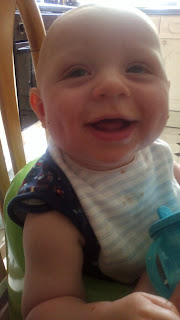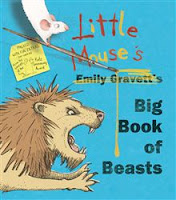Just a short post today. Yesterday (1st August) was Lammas - the Anglo-saxon festival of loaf-mass, which was an intriguing mixture of Pagan magic rite and Christian blessing (the Wikipedia entry on this is a good starting point to find out more about Lammas). It wasn't something I had in the forefront of my thoughts until I saw that there was a Lammas festival event at Bodium Castle. This had to be worth a trip. We spent the morning on a visit to our local Police Station courtesy of an invite from an amazing Community Mums volunteer I met on a facepainting course, and then drove up to the Castle for the afternoon.
The National Trust yearly membership (and English Heritage too) are an expensive initial outlay, but worth ten times their value in free days out for the rest of the year.
At Bodium the NT had made a great effort to make children feel welcome, with traditional fairground attractions such as coconut shys, a hand-cranked merry-go-round (Toby's favourite thing that afternoon if you don't include rubbing ice-cream over himself), craft tent where you could make a kite or a corn dolly, a dress up tent, bird of prey to hold, a tractor ride and much more.
Ollie's favourite was the medieval bread making inside the Castle walls. He was given the job of milling some corn using a traditional quern stone (with help from the demonstrator) and then rubbing the resultant crushed corn through a cloth to sieve out the flour from the bran. That flour was then used for the children to make beer bread patties, which were cooked in a clay oven mock up and given back to them warm to eat. We were there for over half an hour. He loves making bread and this whole process really caught his attention. It was a great simple way to make a bread treat quickly if you're in the mood for doing some baking with your kids, but they're little enough to want the finished product almost instantly.
Here's my take on what we did:
Put your oven on to 200 degrees C
Put two cups of wholemeal flour in a bowl, stir in a half teaspoon of baking power and a pinch of salt
Make a well in the middle and pour in a little strong ale (any beer will do, but strong ale best)
Stir it up, adding a little more beer until it starts to hold together and make a dough ball
Give it a quick roll around with your hands - if it's crumbly add more beer, if it's sticky add more flour.
Roll walnut-sized chunks of dough in your hands to make balls
Put your dough balls on a floured baking sheet, mark the top with a cross and put in the hot oven
When they smell good, take them out and check they're done by poking in a fork - if it comes out clean, with no dough sticking to it they're done.
Baking powder wasn't around in Medieval times, but it helps to lighten the finished product. Because baking powder starts to work as soon as you add liquid, be as quick as you can after you add the beer. All usual precautions and safety considerations apply when baking with kids - take care with hot ovens etc...
A Lammas treat you can make the whole year round - great with soup, or make a little hole and add a tiny dob of jam for mini healthier doughnuts. Enjoy x
P.S. on the raw food front - 6lbs lost so far in 5 days, but had half a regular portion of fish and chips in a beachside cafe tonight as my one meal off a week so not holding out great expectations of another loss tomorrow ;)
 My apologies for being a bit quiet on the blog front this month. Littlest has been having a lot of sleep disturbance from teething and a worsening of his apnoea due to inflamed tonsils. Since a dose of steroids from the hospital has given us a couple of days of untroubled sleep I've been feverishly catching up on my Open University study.
My apologies for being a bit quiet on the blog front this month. Littlest has been having a lot of sleep disturbance from teething and a worsening of his apnoea due to inflamed tonsils. Since a dose of steroids from the hospital has given us a couple of days of untroubled sleep I've been feverishly catching up on my Open University study.





.jpg)




